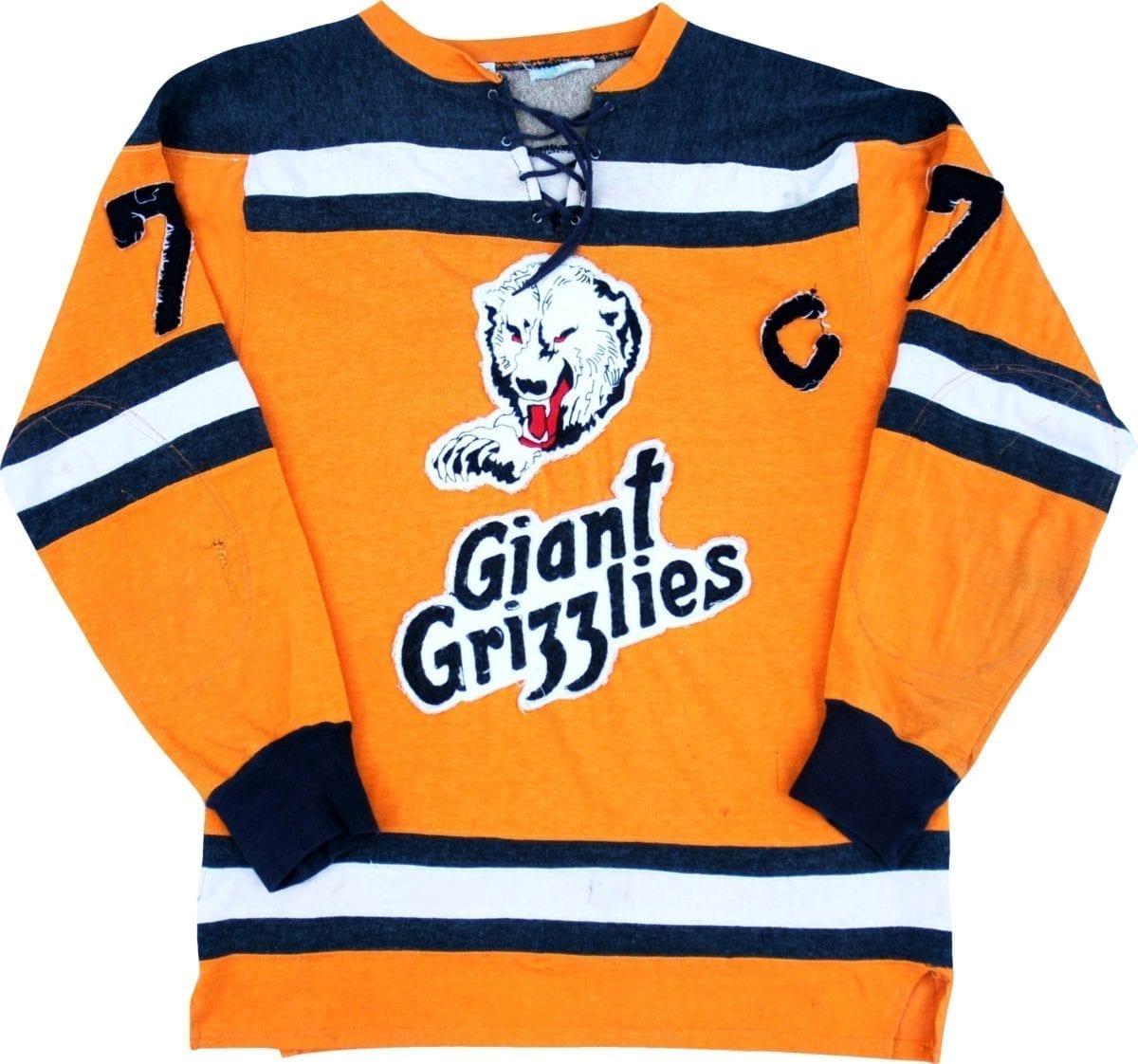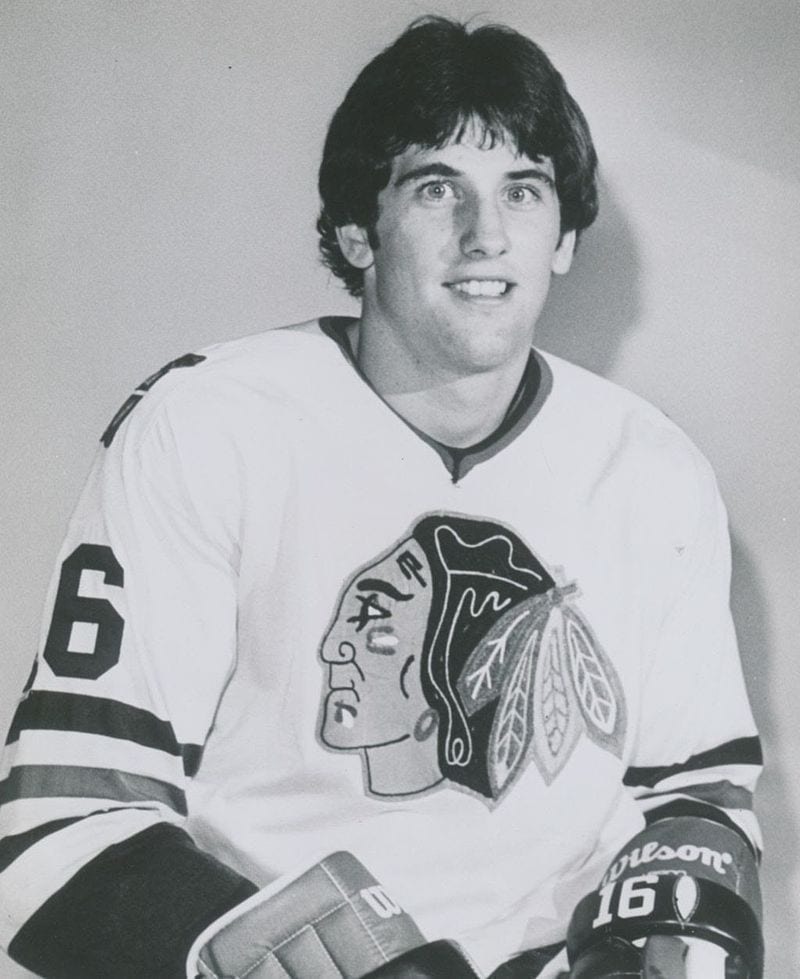The Prince of Wales Northern Heritage Centre is taking advantage of Hockey Day in Canada festivities next week with a new exhibition that will remind the city of its rich hockey culture.
Beginning Thursday and taking place over the coming months, the museum will be staging a small exhibit recognizing Frank Horvat, a former Giant Mine worker who worked at the mine and who was a leading player on the Giant Mine Grizzlies from 1952 to 1967.

Ryan Silke, a museum exhibitor and historian of the city's early days, said the exhibit is planned as a window into how Yellowknife's founding mines and ice hockey culture were deeply intertwined.
"Yellowknife's early history is really framed around gold mines and the settlers that came to Yellowknife and a lot of them were Prairie boys and people that came and established the culture of sport, especially hockey," said Silke.
Before city residents had access to nationwide, professional hockey broadcasts with the advancement of television in the late sixties, local teams playing the sport provided both a huge recreational activity and spectator attraction.
Silke said in the city's earliest years leading into the Second World War, the battles between the Con Mine (Cougars), the Negus Mine (Hogans) and the town's business-sponsored teams were legendary for their "primitive conditions."
Before the Gerry Murphy Arena was constructed in 1948 at the location of what is now Somba K'e Civic Plaza, Yellowknife's early play took place on cleared rinks and in-between hand-built wooden boards.
"For a long time they built them on the ice and had to make due with pressure cracks and everything else that would happen on the bay," said Silke.
"They were nice rinks and if you look at old photos, they had nice boards made out of planks and lighting for the middle of the winter."
The mines, in particular, recruited players from the South, developed athletic clubs to build camp spirit and athleticism, and financed all of the equipment and infrastructure needed to build a competitive sport social scene that largely revolved around the sport, explained Silke.
"Hockey was an important part of those early athletic clubs and led to the forming of teams that competed against each other to pass time," he said.
"For a lot of these guys who worked and played, it was a very seriously competitive sport and it was not just fun. A lot of guys likened it a lot to being like war and the mining companies would actually hire based on athletic skill."
Most often this athletic skill was associated with hockey, but the mines also sought out fastball and softball players, as well as tennis players and curlers to complement the town's early culture, said Silke.

Horvat - the Grizzlies' star player and captain for years - is one of the few historical personalities in the city who have donated equipment to the museum to show the deep inter-connectedness of hockey and mining.
Horvat's Giant Mine Grizzlies hockey sweater as well as skates from his final season of 1965/66 were acquired by the museum a few years ago when he died in Alberta.
"After Frank died, his family got in touch and we have some of his things - including his jersey and a pair of skates," said Silke. "They had asked that if there was a place to put his equipment in Yellowknife and to honour Frank for his years of playing hockey, that they would be happy to ship them up.
"The museum was happy to put them on display."

Part of the exhibit will include the Walter Howe Cup - the ultimate coveted prize among teams and a prized possession at the museum. Based on its condition, Silke said it is clear that it reveals the tough and tumble culture of early hockey among early inhabitants.
"The trophy had a difficult journey through its life and it was basically always the case that the team who wins the cup can do whatever the hell they want with it," said Silke.
He added that there are legends of it being hoisted up flagpoles, hidden deep underground and used to drink beer or champagne.
"This cup would have also had handles but they are long gone and fell off at some point."
Silke said what may be most important of all of this history, however, is how it gave route to the hockey presence that is in Yellowknife and the NWT today.
Specifically, many of the characters who stayed around and played for years, often also assisted with youth hockey development or referee training or old timers and senior hockey development.
A few, namely Greg Vaydik and Vic Mercredi were even good to get to the National Hockey League, however briefly.

